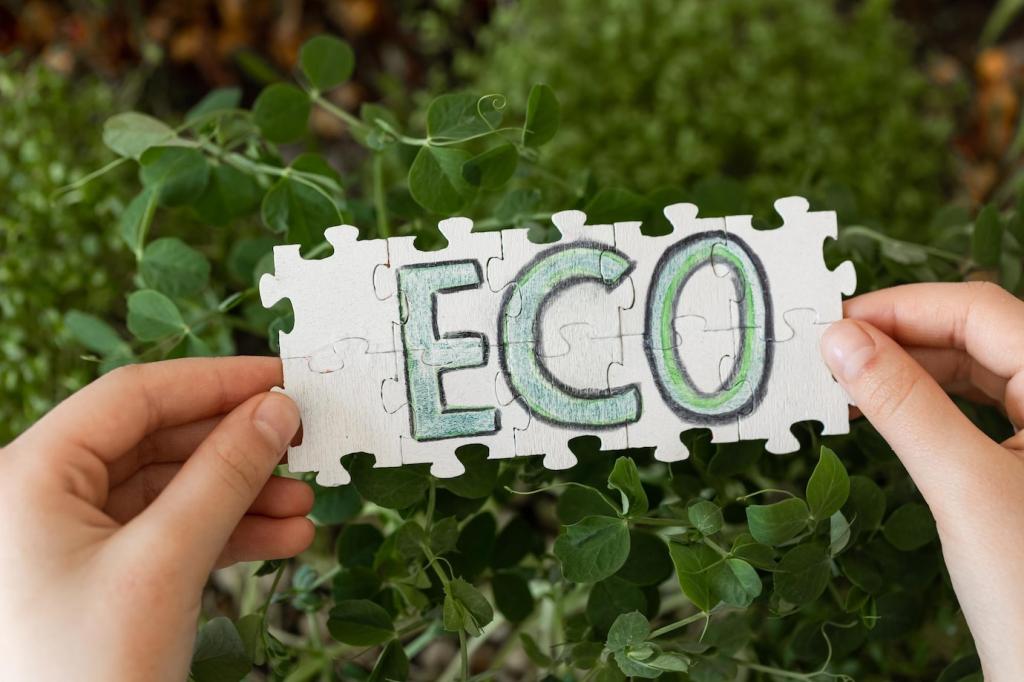Low‑Carbon Research and Writing Workflow
Define a focused question and shortlist credible sources before you search. Capture quotes and stats in one document to reduce redundant loading. Bookmark curated libraries for recurring topics. Tell us your favorite evidence repositories and we’ll compile a community‑vetted, low‑friction reading list.
Low‑Carbon Research and Writing Workflow
Draft in an offline‑friendly editor, then sync in batches instead of constant autosave across devices. Version your documents locally and only upload when ready for review. This reduces network chatter, distractions, and energy use. Comment with your preferred tools to help others simplify their setups.




